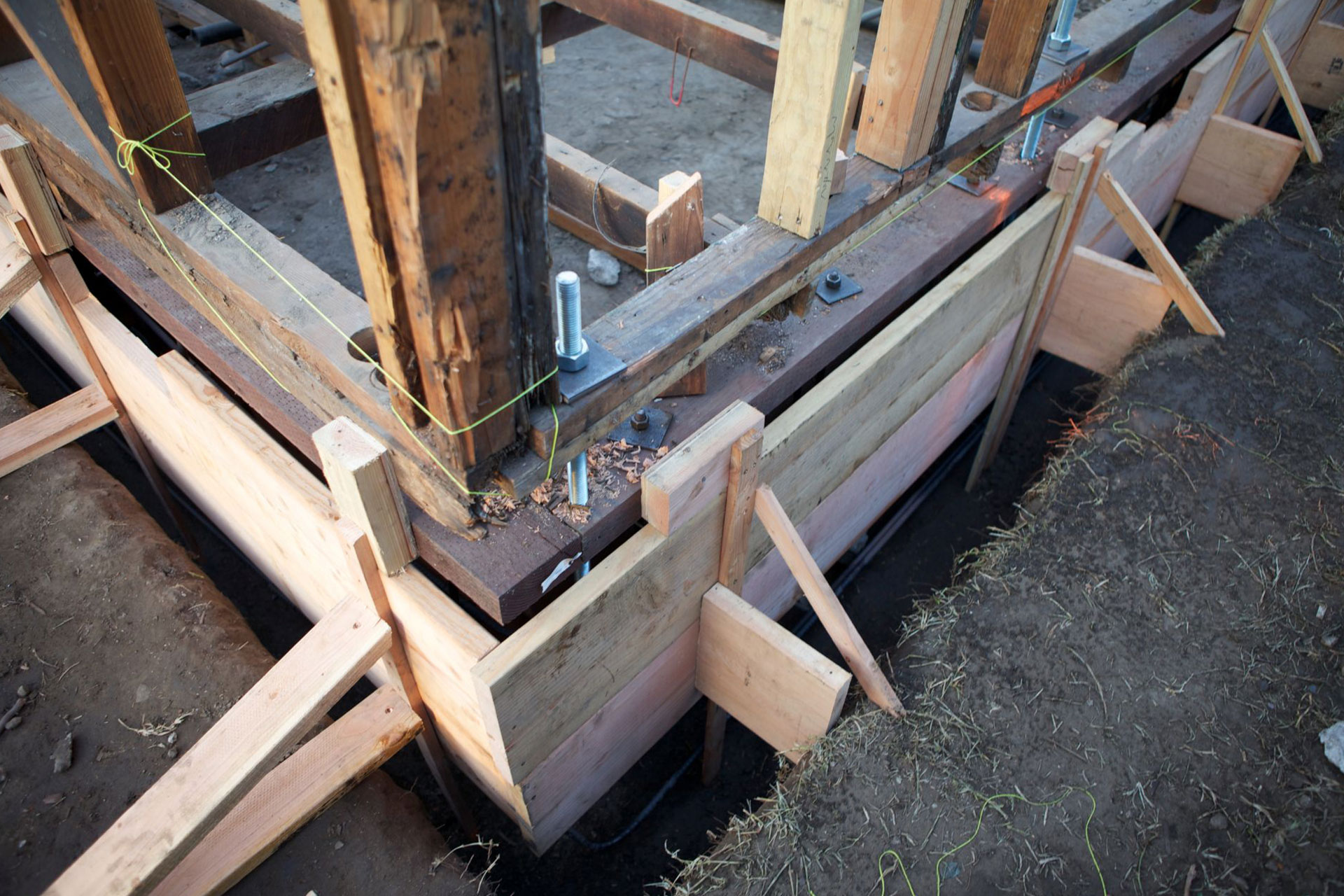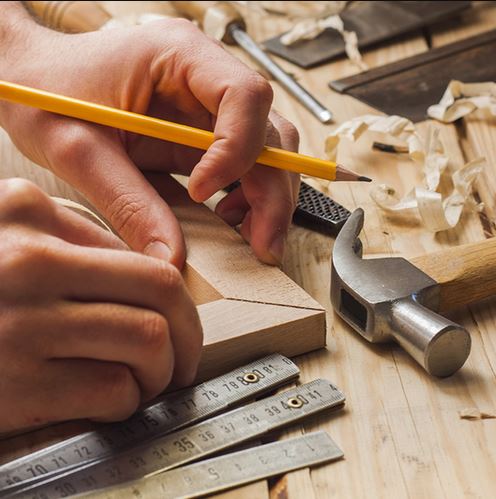When discussing ways to improve a home’s safety and livability, basement underpinning often comes up as one of the most effective, yet misunderstood solutions. At its core, underpinning involves reinforcing and extending the foundation of a home by digging beneath it and filling the space with new concrete. This process strengthens the structure while often lowering the basement floor to create additional ceiling height. For homeowners, this means transforming an area once used for storage or utilities into a functional, comfortable living space. While the technical nature of the work may seem daunting, the concept is straightforward and the benefits are substantial.
Basement underpinning is not a quick cosmetic fix—it is a structural renovation that adds long-term value and security to the home. By lowering floors, reinforcing walls, and correcting structural issues, underpinning addresses both safety and comfort in one project. In regions where homes were originally built with shallow basements, underpinning is often the only way to create modern, full-height living areas. It is also a solution for older homes where the foundation has weakened over time. Viewed through this lens, underpinning is not simply construction work but a smart investment in the future of a property.
What is Basement Underpinning?
Basement underpinning is the process of strengthening a foundation by excavating beneath it in controlled sections and pouring new, deeper concrete footings. Each stage is carefully completed before moving to the next to ensure the home remains structurally sound during the project. The lowered floor creates greater headroom, transforming a once-cramped basement into an area suitable for everyday use. This combination of added stability and space makes underpinning unique compared to other renovations. It does not just make the basement more attractive—it fundamentally changes the way the home performs.
Unlike projects such as finishing or waterproofing, underpinning directly addresses the foundation, which is the backbone of the home. It provides a permanent solution to issues such as settling, cracking, or inadequate ceiling height. Beyond structural reinforcement, it also allows for upgrades like modern flooring, insulation, and lighting, which would otherwise be difficult in a shallow basement. For this reason, underpinning is considered one of the most significant improvements a homeowner can make. It blends structural integrity with lifestyle benefits in a way that few other renovations can.
Why Do Homeowners Choose It?
One of the most compelling reasons homeowners choose underpinning is to create more space. Older basements were often designed for storage or mechanical systems rather than living, leaving them dark, damp, and uninviting. By lowering the floor, homeowners gain the ceiling height necessary for comfortable living areas. This allows for everything from recreation rooms and gyms to legal rental suites. In urban areas where lot sizes are limited, creating usable space within the existing footprint can be far more practical than an addition.
Stability is another driving factor. Over time, foundations may weaken due to soil movement, water infiltration, or age. Cracks in walls and uneven floors are common signs that the structure requires reinforcement. Underpinning strengthens the foundation, preventing further settlement and reducing the risk of water damage. By combining increased living space with improved stability, homeowners receive both immediate and long-term benefits. This dual advantage is what makes underpinning particularly appealing compared to other projects.
The Basics of How It’s Done
The underpinning process is highly technical but can be explained in simple terms. Work begins by dividing the foundation into sections. Small areas are excavated beneath the footings, and new concrete is poured to extend the foundation deeper. Each section is allowed to cure before moving on, ensuring the home remains stable throughout. This staged process continues until the entire perimeter has been reinforced and the basement floor has been lowered. Once complete, the space is ready for finishing touches like insulation and flooring.
Safety and planning are critical during underpinning. Engineers design precise plans tailored to each property, accounting for soil conditions and structural loads. Skilled crews follow these plans step by step to prevent unnecessary risks. The work can take several weeks, depending on the size of the basement and the complexity of the project. While the process may seem disruptive, the result is a stronger foundation and a more functional basement. Homeowners often find that the short-term inconvenience is outweighed by decades of structural security and added living space.
When Your Home Might Need It
Certain warning signs can suggest that underpinning may be necessary. Cracks in basement walls or floors often indicate that the foundation is shifting or settling unevenly. Uneven floors, sticking doors, and windows that no longer close properly are also red flags. Moisture issues such as leaks or damp walls may point to weaknesses in the foundation that underpinning can correct. These symptoms should not be ignored, as they often worsen over time and become more costly to repair.
Low ceiling height is another common reason for underpinning, even when structural issues are not present. Many older homes were built with basements intended solely for storage. These basements often feel cramped and unusable for modern living standards. By lowering the floor, underpinning creates the necessary headroom for comfortable and safe living spaces. This can be especially valuable if the basement is being converted into a rental unit, where building codes typically require minimum ceiling heights.
Benefits at a Glance
The benefits of underpinning extend beyond simple aesthetics. From a practical standpoint, it adds usable living space without requiring a costly addition. Families can create new bedrooms, playrooms, or offices within the existing structure. Financially, underpinning increases the home’s resale value by making it more appealing to buyers who want finished, modern basements. It also enhances comfort by improving airflow and creating opportunities for larger windows and better lighting.
On a structural level, underpinning provides peace of mind. Reinforcing the foundation means fewer worries about cracks, leaks, or settlement in the future. It also allows for upgrades such as improved insulation and waterproofing, which create a healthier living environment. For homeowners looking to rent out the basement, underpinning provides the ceiling height and safety standards required for legal units. In short, underpinning protects the home, increases its value, and improves quality of life.
A Wise Move for the Future
Basement underpinning is not just a reaction to existing problems—it is a proactive strategy for long-term stability and growth. By strengthening the foundation and expanding the basement, homeowners set their property up for decades of safe, comfortable living. It is one of the few renovations that simultaneously increases space, boosts value, and protects against structural risks.
Thinking of underpinning as a future-focused investment helps shift the perspective from expense to opportunity. While it requires upfront planning and cost, the benefits extend far beyond the immediate project. Families gain space, security, and peace of mind, while also increasing the home’s appeal to future buyers. In today’s housing market, where space and stability are at a premium, underpinning offers a solution that supports both lifestyle and financial goals.
Strong Foundations, Strong Decisions
Basement underpinning is more than just a construction project—it is a transformation that strengthens a home from the ground up. By addressing structural issues and creating more space, it solves practical problems while enhancing long-term value. For homeowners seeking stability, comfort, and an improved living environment, underpinning is one of the most effective solutions available. Choosing to invest in a stronger foundation today ensures a safer, more spacious tomorrow.




